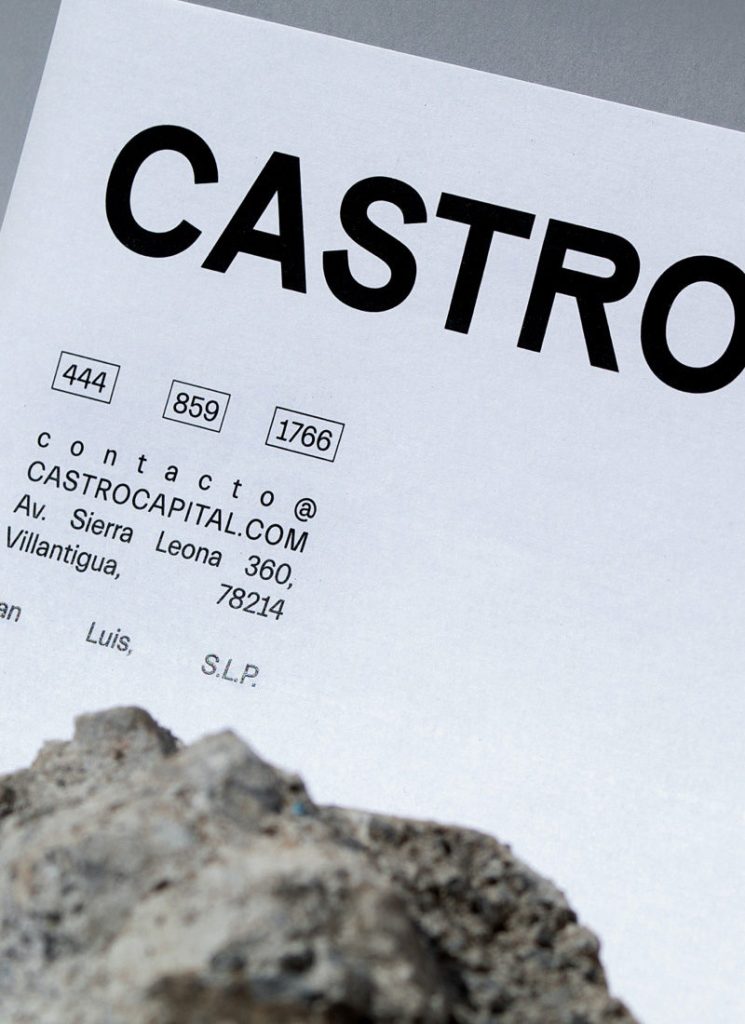Artificial Intelligence (AI) continues to revolutionize various sectors by improving efficiency, enhancing decision-making, and fostering innovation. Recent developments underscore the rapidly evolving landscape of AI, particularly in Location-Based Services, Predictive Maintenance Applications, and AI in Precision Farming. This article will explore these key areas, highlighting how they are transforming industries and contributing to economic growth.
.*
**Location-Based Services: Enhancing User Experience Through AI**
Location-Based Services (LBS) leverage AI to provide personalized and contextually relevant experiences to users based on their geographic location. With advancements in geolocation technologies, AI algorithms have become increasingly sophisticated, allowing for hyper-targeted marketing, real-time navigation, and improved service delivery.
Recently, companies like Google and Apple have enhanced their LBS capabilities by integrating machine learning algorithms that analyze user behavior and preferences. This integration allows businesses to offer tailored recommendations that consider factors such as time of day, user habits, and nearby attractions. For instance, retail companies can utilize LBS to send timely promotions or discounts to customers as they approach their stores, thereby increasing foot traffic and sales.
Moreover, the transportation sector has seen significant improvements in navigation services provided by apps like Waze and Google Maps. These applications now use AI to process vast amounts of real-time traffic data to predict congestion, offering users alternative routes to reach their destinations more efficiently. The ongoing development of autonomous vehicles is another area where LBS and AI intersect, aiming to provide safer and more efficient transport solutions.
.*
**Predictive Maintenance Applications: Prolonging Asset Lifespan with AI**
Predictive maintenance is emerging as a game changer in asset management across various industries, from manufacturing to aerospace. By employing AI algorithms that analyze vast datasets, companies can foresee equipment failures before they occur, significantly reducing downtime and maintenance costs.
Recent advancements in machine learning and the Internet of Things (IoT) have enabled organizations to collect and analyze data from machinery in real time. For example, leading companies in the manufacturing sector, such as Siemens and General Electric, are employing AI to monitor the health of their equipment continuously. Through predictive analytics, these companies can identify potential issues based on patterns observed in historical data, allowing them to schedule maintenance proactively rather than reactively.
In the energy sector, companies like Shell are utilizing predictive maintenance to inspect and maintain their offshore drilling rigs more efficiently. AI-driven analytics are being used to predict failures of critical components, allowing maintenance teams to address issues before they escalate, thereby safeguarding workers and protecting the environment.
The potential economic benefits of predictive maintenance are immense. A report from McKinsey estimates that organizations using AI for maintenance can reduce costs by up to 30% while increasing equipment availability by roughly 10-20%.
.*
**AI in Precision Farming: Revolutionizing Agriculture for a Sustainable Future**
Artificial intelligence is playing a crucial role in transforming agriculture, ushering in an era of precision farming. This approach utilizes AI to optimize farming practices, thereby increasing yield and sustainability. With global populations on the rise and climate change presenting significant challenges, precision farming is becoming essential for food security.
Recent advancements in AI-driven technologies, such as drones and sensors, allow farmers to monitor crop health and soil conditions more accurately than ever before. These technologies gather data that AI algorithms analyze to provide actionable insights. For example, companies like John Deere and Climate Corporation are deploying AI to help farmers manage irrigation, fertilization, and pest control more effectively.
One noteworthy example involves the use of AI to predict crop yields based on historical data and real-time environmental factors. By analyzing weather patterns, soil health data, and crop performance metrics, AI systems can forecast yields with remarkable accuracy. This information empowers farmers to make informed decisions about planting, harvesting, and resource allocation, ultimately increasing productivity and reducing waste.
Furthermore, AI is proving invaluable in the battle against climate change. By optimizing resource usage—like water and fertilizers—precision farming helps minimize environmental impact. Using AI tools, farmers can implement variable rate technology (VRT), which tailors the application of inputs to specific areas of a field, reducing over-application and conserving resources.
This technology’s adoption is not limited to large-scale commercial farms; smallholders are also benefiting from AI tools. Mobile apps that provide localized information about weather, disease outbreaks, and best practices in real-time are increasingly accessible to farmers in developing countries. This democratization of technology helps improve food security and economic stability at the community level.
.*
**The Convergence of AI Technologies: A Future Perspective**
The integration of AI across various fields is creating unprecedented opportunities for innovation and efficiency. As AI continues to evolve, we can expect to see these technologies become more entrenched in everyday applications. The increasing availability of data, coupled with advancements in computing power and algorithmic sophistication, will further enhance the capabilities of AI systems.
Looking ahead, ethical considerations regarding AI deployment must also take prominence. As AI technologies become more ubiquitous, addressing issues related to bias, privacy, and the displacement of jobs will be critical. Organizations must prioritize transparency and accountability while developing and implementing AI solutions to foster public trust and acceptance.
.*
**Conclusion: The Path Forward for AI Innovations**
The latest developments in AI, particularly in Location-Based Services, Predictive Maintenance Applications, and Precision Farming, highlight the technology’s transformative potential across various sectors. With continued research and investment, AI promises to facilitate more efficient operations, enhance user experiences, and contribute to sustainable practices in agriculture.
As we advance, collaboration among governments, tech companies, and industries will play a pivotal role in harnessing AI’s full potential while addressing the ethical and societal impacts of its implementation. By prioritizing responsible AI development, we can effectively navigate the challenges of the future and ensure the technology benefits all facets of society.
.*
**Sources:**
1. McKinsey & Company. “The Maintenance and Operations Value Framework.” [Link to the report]
2. U.S. Department of Agriculture. “The Role of AI and Precision Agriculture.” [Link to the report]
3. Forbes. “How AI Is Transforming Precision Agriculture.” [Link to the article]
4. Harvard Business Review. “Predictive Maintenance: An Artificial Intelligence Perspective.” [Link to the article]
5. TechCrunch. “Location-Based Services: The Next Frontier for AI.” [Link to the article]
This comprehensive overview provides a detailed examination of the current state of AI, emphasizing its benefits and applications while acknowledging the challenges ahead.























